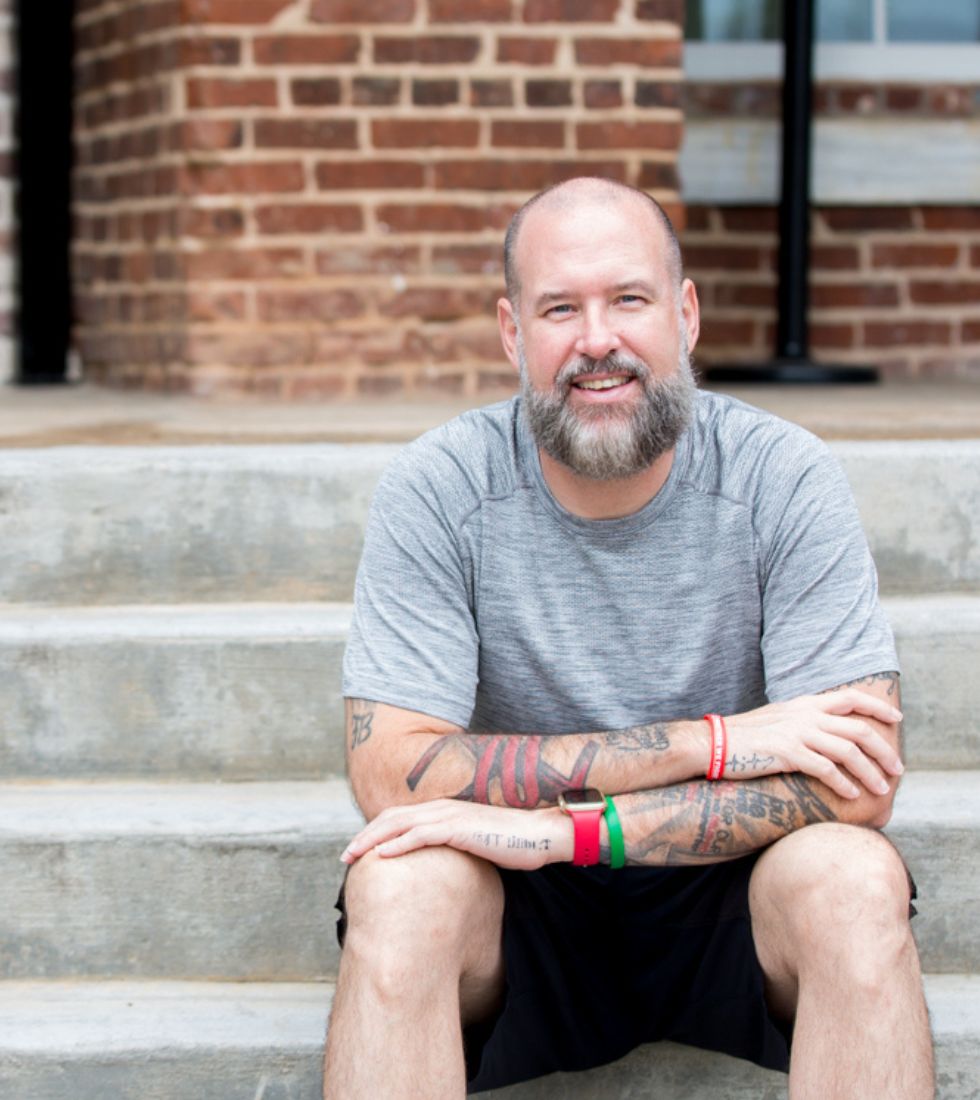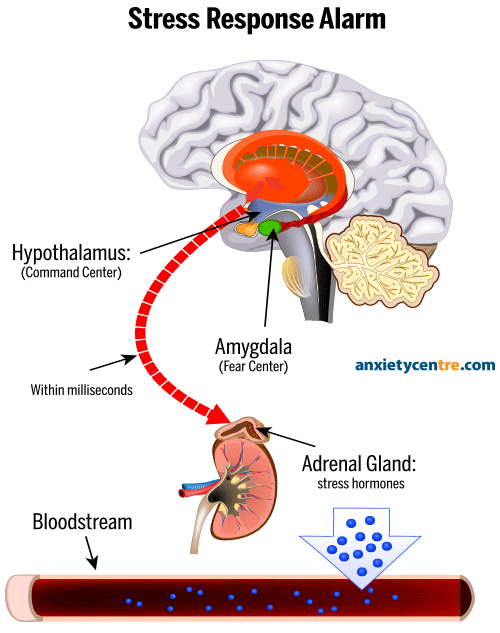Anatomy of an Anxiety Attack – Anxiety attacks are normal body reactions – coping mechanisms – against different stressors and distressing predicaments. In other words, these are chemical, physical and emotional reactions that are elicited by fear, apprehension, or shock. These reactions also cause a “fight or flight” response. Based on scientific studies, people automatically react to stress or stress-inducing activities by either making a confrontational stance or making a decision to avoid stress.
Examination of Anxiety
Pressure can come from an emotional problem in a relationship at home, demanding tasks and deadlines at the office, the dread of a forthcoming test, or the clamor for a game-winning performance in a championship game. All these can produce constant anguish and even anxiety attacks if a person is not able to cope effectively with the stress. A person that is undergoing an anxiety attack often experiences a feeling of numbness or tingling, shortness of breath, dizziness, heightened palpitations, chronic sweating, chills, hot flushes, and nausea.
Extreme levels of anxiety can produce serious ill effects on one’s physical and mental health. Anxieties can actually hinder or adversely affect a person’s day-to-day activities. Aside from the possibility of leaving a person emotionally depressed and physically weak, anxiety can also cause a person to lose the ability to make a rational decision. It is not uncommon to hear of cases of people with severe anxiety who have lost their jobs and failed in their relationships. For these people who have become victims of anxiety attacks, life has become a mere matter of survival — bereft of happiness, fulfillment, and health.
Some people can cope with depression and anxiety. But for a significant number of people who do not have the ability to cope with stress and anxiety, the only means to regain their life is to undergo therapy and, if necessary, take anxiety medications. These anxiety medications, if accompanied by therapy conducted by professionals, offer relief and possibly permanent protection from the debilitating effects of stress and severe emotional distress. Anxiety medications often vary in the dosage and desired effects. However, what is common among these anti-anxiety medications is the ability of these drugs to suppress unnecessary chemical and emotional surges. Controlling these chemical and emotional surges allow a person with anxiety to regain a sense of peace and tranquility.
Anxiety medications, also known as anxiolytics, are prescribed to treat the different symptoms of anxiety. For example, Benzodiazepines are prescribed to treat the short-term and disabling effects of anxiety. These drugs take effect in a person’s central nervous system, which is the reason why a certain degree of sedation occurs in a patient using the medication.
Non-benzodiazepines, however, are used to control the serotonin level in the body. Serotonin is essential to the body for regulating anger, temperature, mood, sleep, vomiting, sexuality, and appetite. Though they are proven to be less effective than benzodiazepines, the serotonin-regulating effect of this type of anti-anxiety drug also helps a person to achieve a relaxed state.
While these medications offer relief, people must still practice a little caution before taking these anti-anxiety drugs. These drugs cannot totally remove all symptoms of anxiety. Of course, these medications cannot resolve an emotional or psychological problem that is actually the origin or source of a person’s anxiety attacks.


Somatic coach (therapist) in Canton, GA, and Worldwide Life Coach dedicated to inspiring and assisting people worldwide through candid conversations about anxiety. Having personally battled general anxiety, panic disorder, and OCD, I understand the daily challenges those grappling with anxiety face. My journey involved searching for the right therapist, medication, and natural supplements and undergoing various tests. It was only after deciding to reclaim my life that I finally overcame anxiety’s hold. I’m passionate about helping others conquer their struggles and discover their life purpose.

